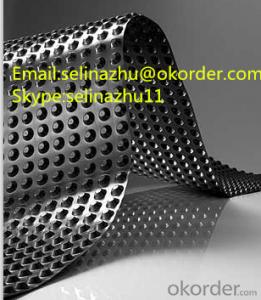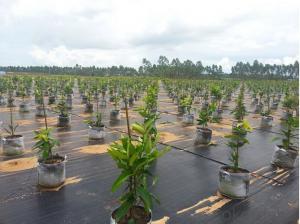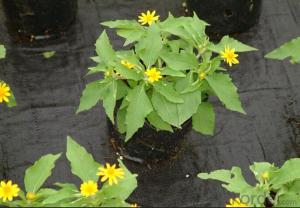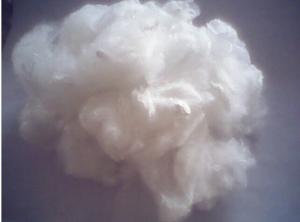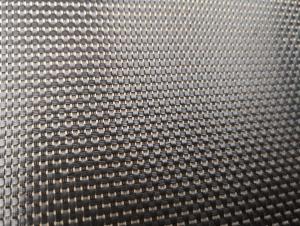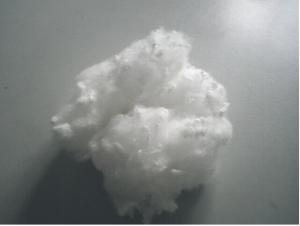Residential Drainage System Dimple Drainage board
- Loading Port:
- Qingdao
- Payment Terms:
- TT OR LC
- Min Order Qty:
- 3000 m²
- Supply Capability:
- 500000 m²/month
OKorder Service Pledge
OKorder Financial Service
You Might Also Like
Item specifice
Plastic Dimple Drainage Sheet Introduction
Plastic dimple drainage sheet is made of high molecular, produced by extrusion and adsorption. The tri-diamensional space can drain gas and fluid. It is multi-functional material, can form channels for water and gas easily, which is sound insulation and vibration isolation. In the field of civil construction can be widely used in building roof system layer overhead, planted roof drainage ventilation, basement waterproof system protection, thermal and moisture isolation of the interior surface, road and rail tunnel drainage protection. In the urban land, space, material resources are becoming scare today, plastic dimple drainage sheet to provide the most valuable option.
Plastic Dimple Drainage Sheet Application
Waterproofing system of road
Railway tunnel and underground
Basement of building
Roof garden
Other waterproofing and drainage construction works
Plastic Dimple Drainage Sheet Advantage
-Low cost, High efficiency
-Durable, anti age
-Chemical resistance
-Resistance to puncture of plant roots
-Diverse application
-Simple installation and quality guaranteed
Plastic Dimple Drainage Sheet Specifications
| No. | Item | Technical Index | |||||
| CMAX-H10-1.0 | CMAX-H20-1.0 | CMAX-H10-1.5 | CMAX-H20-1.5 | CMAX-H10-2.0 | CMAX-H20-2.0 | ||
| 1 | Board Thickness, mm | 1.0 | 1.0 | 1.5 | 1.5 | 2.0 | 2.0 |
| 2 | Depth of Dimple, mm | 10 | 20 | 10 | 20 | 10 | 20 |
| 3 | Tensile Strength, N/125px ≥ | 400 | 400 | 500 | 500 | 700 | 700 |
| 4 | Elongation at Break, % | 200 | 200 | 300 | 300 | 400 | 400 |
| 5 | Tensile Strength of Three-dimensional, Kpa | 400 | 320 | 450 | 370 | 500 | 420 |
| 6 | Dimension Stability, % | ±2 | |||||
| 7 | Low Temperature Bending | no creases in low temperature -35℃ | |||||
| 8 | Longitudinal Flow Capacity, cm3/s (water pressure 5KPa) | 5.6 | 8.6 | 5.6 | 8.6 | 5.6 | 8.6 |
| 9 | Longitudinal Flow Capacity, cm3/s (water pressure 350KPa) | 15.2 | 18.2 | 15.2 | 18.2 | 15.2 | 18.2 |
Plastic Dimple Drainage Sheet photos
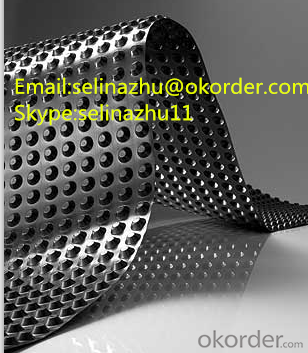
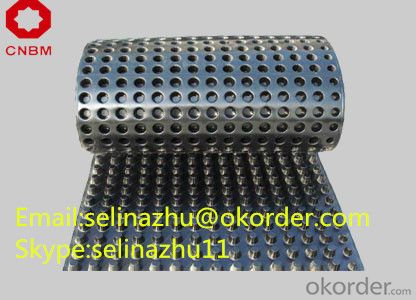
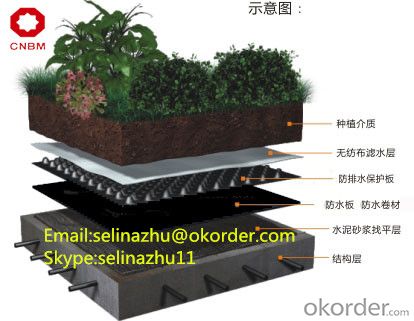
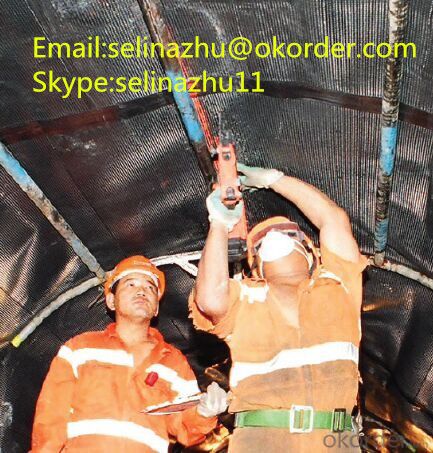
FAQ
1. Which payment do you accept?
For you convenience, our payment can be L/C, TT
2. Is free sample available?
We can supply free samples. You'll just need to pay for express cost.
3. Why choose CNBM?
CNBM is short for China National Building Material Corporation, is a China state owned huge corporation, exported from 1984. CNBM own the largest geosynthetics production base about 667000m2 in China and have about 120production line for all geo materials. For geotextile, we have 38 production lines, our production capacity each day can be 300,000m2.
We passed CE certificate and reaches ASTM standard, have more than 120 customers in EU, USA, Ocean, Africa and all markets. We’ll be your reliable partner in quality and after sales service.
3. How about your quality?
We have strict quality control system, we make testing on incoming raw material and finished products. Your third party testing is also welcomed. With high quality, our products are used on government projects at home and abroad. Our product quality is accepted by clients from all over the world. Warmly welcome your samples requirement or trail order.
- Q:The role of materials in civil engineering
- The development of materials is the key to promoting the progress of civil engineering. High-performance concrete makes the harsh environment of civil engineering can be achieved, such as the Qinghai-Tibet Railway, the Three Gorges Dam. The development of prestressed concrete and pumping technology makes large-span, high-rise buildings possible. The development of insulation and sealing materials has promoted the use of passive homes. The current development and development of civil engineering materials, various smart or intelligent materials with self-sensing, self-regulating and self-adjusting functions are bound to promote the further development of civil engineering.
- Q:How do geosynthetic materials contribute to soil stabilization in agricultural applications?
- Geosynthetic materials contribute to soil stabilization in agricultural applications by providing reinforcement and erosion control. They are often used in the form of geotextiles, geogrids, or geocells to improve soil strength, prevent erosion, and enhance drainage. These materials help in stabilizing slopes, retaining walls, and embankments, reducing the risk of landslides or soil erosion. Moreover, geosynthetics can improve soil moisture retention, promote root growth, and protect plants from weed growth, ultimately enhancing agricultural productivity.
- Q:What are the key considerations when using geotextile mats for erosion control on hiking trails?
- When using geotextile mats for erosion control on hiking trails, key considerations include the durability and strength of the mats, their ability to allow water drainage while preventing soil erosion, proper installation techniques to ensure optimal effectiveness, environmental sustainability and compatibility, and regular maintenance to monitor their condition and address any issues that may arise.
- Q:How do earthwork products contribute to carbon sequestration?
- Earthwork products, such as biochar and compost, contribute to carbon sequestration by increasing soil organic carbon content. These products have a high carbon content, which when applied to the soil, helps to capture and store carbon dioxide from the atmosphere. Additionally, earthwork products enhance soil fertility and microbial activity, promoting the growth of plants that absorb carbon dioxide through photosynthesis. Overall, the use of earthwork products in agriculture and land management practices can play a crucial role in mitigating climate change by sequestering carbon and reducing greenhouse gas emissions.
- Q:How are geocells installed for slope stabilization?
- Geocells are installed for slope stabilization by first preparing the slope surface, removing any loose soil or debris. Then, the geocells are unrolled and laid out on the slope, connecting them securely to each other using interlocking mechanisms. Once in place, the cells are filled with soil or other suitable materials to create a stable and reinforced structure. Finally, vegetation or other erosion control measures may be applied to further enhance the slope stabilization.
- Q:What are the benefits of using geocells for ground stabilization?
- Geocells offer several benefits for ground stabilization. Firstly, they provide effective confinement and lateral support, preventing soil erosion and maintaining the integrity of the ground. Secondly, geocells distribute loads evenly, reducing stress concentration and improving load-bearing capacity. Additionally, they enhance soil compaction, increasing the overall stability of the ground. Geocells are also cost-effective, as they require less material and labor compared to traditional methods. Furthermore, they are environmentally friendly, as they can be made from recycled materials and promote vegetation growth. Overall, geocells offer a sustainable and efficient solution for ground stabilization in various applications.
- Q:What are the benefits of using geotextiles in landfill capping projects?
- Using geotextiles in landfill capping projects offers several benefits. Firstly, geotextiles act as a barrier, preventing the migration of gases and liquids from the landfill into the surrounding environment. This helps in minimizing the risk of contamination of groundwater and soil. Secondly, geotextiles provide reinforcement to the capping system, enhancing its stability and longevity. They can help distribute the load and reduce the settlement of the cover soil, preventing the formation of depressions and ensuring a more uniform surface. Additionally, geotextiles aid in erosion control by preventing soil erosion due to wind or rain. They also allow for the proper filtration and drainage of water, reducing the potential for ponding and the buildup of excess moisture within the landfill. Overall, the use of geotextiles in landfill capping projects improves environmental protection, enhances the structural integrity of the cover system, and helps maintain the long-term stability of the landfill site.
- Q:How do earthwork products help with shoreline stabilization?
- Earthwork products, such as geotextiles and geogrids, play a crucial role in shoreline stabilization. These materials are used to reinforce and protect the soil, preventing erosion and maintaining the stability of the shoreline. By providing a strong and stable base, earthwork products help to reduce the impact of waves, currents, and water flow on the shoreline. Additionally, they promote vegetation growth, further enhancing the stability of the shoreline. Overall, earthwork products are essential in preventing shoreline erosion and preserving coastal ecosystems.
- Q:How do earthwork products contribute to soil remediation?
- Earthwork products, such as clay, sand, and topsoil, play a crucial role in soil remediation. They can be used to physically restore and rehabilitate contaminated soil sites. For instance, clay can be utilized to create barriers that prevent the spread of pollutants, while sand can enhance drainage and filtration to remove contaminants from the soil. Topsoil, on the other hand, can be added to replenish nutrients and promote the growth of healthy vegetation, aiding in the natural breakdown and absorption of pollutants. Overall, earthwork products provide essential materials and techniques to restore and revitalize contaminated soil, ultimately contributing to the remediation process.
- Q:Can earthwork products be used in wildlife habitat restoration?
- Yes, earthwork products can be used in wildlife habitat restoration. These products, such as soil, gravel, and stones, can be strategically utilized to create or enhance various elements of wildlife habitats, such as ponds, wetlands, and land contours. Earthwork products can help provide suitable environments for different species, support biodiversity, and restore natural ecosystems.
1. Manufacturer Overview |
|
|---|---|
| Location | |
| Year Established | |
| Annual Output Value | |
| Main Markets | |
| Company Certifications | |
2. Manufacturer Certificates |
|
|---|---|
| a) Certification Name | |
| Range | |
| Reference | |
| Validity Period | |
3. Manufacturer Capability |
|
|---|---|
| a)Trade Capacity | |
| Nearest Port | |
| Export Percentage | |
| No.of Employees in Trade Department | |
| Language Spoken: | |
| b)Factory Information | |
| Factory Size: | |
| No. of Production Lines | |
| Contract Manufacturing | |
| Product Price Range | |
Send your message to us
Residential Drainage System Dimple Drainage board
- Loading Port:
- Qingdao
- Payment Terms:
- TT OR LC
- Min Order Qty:
- 3000 m²
- Supply Capability:
- 500000 m²/month
OKorder Service Pledge
OKorder Financial Service
Similar products
New products
Hot products
Related keywords
